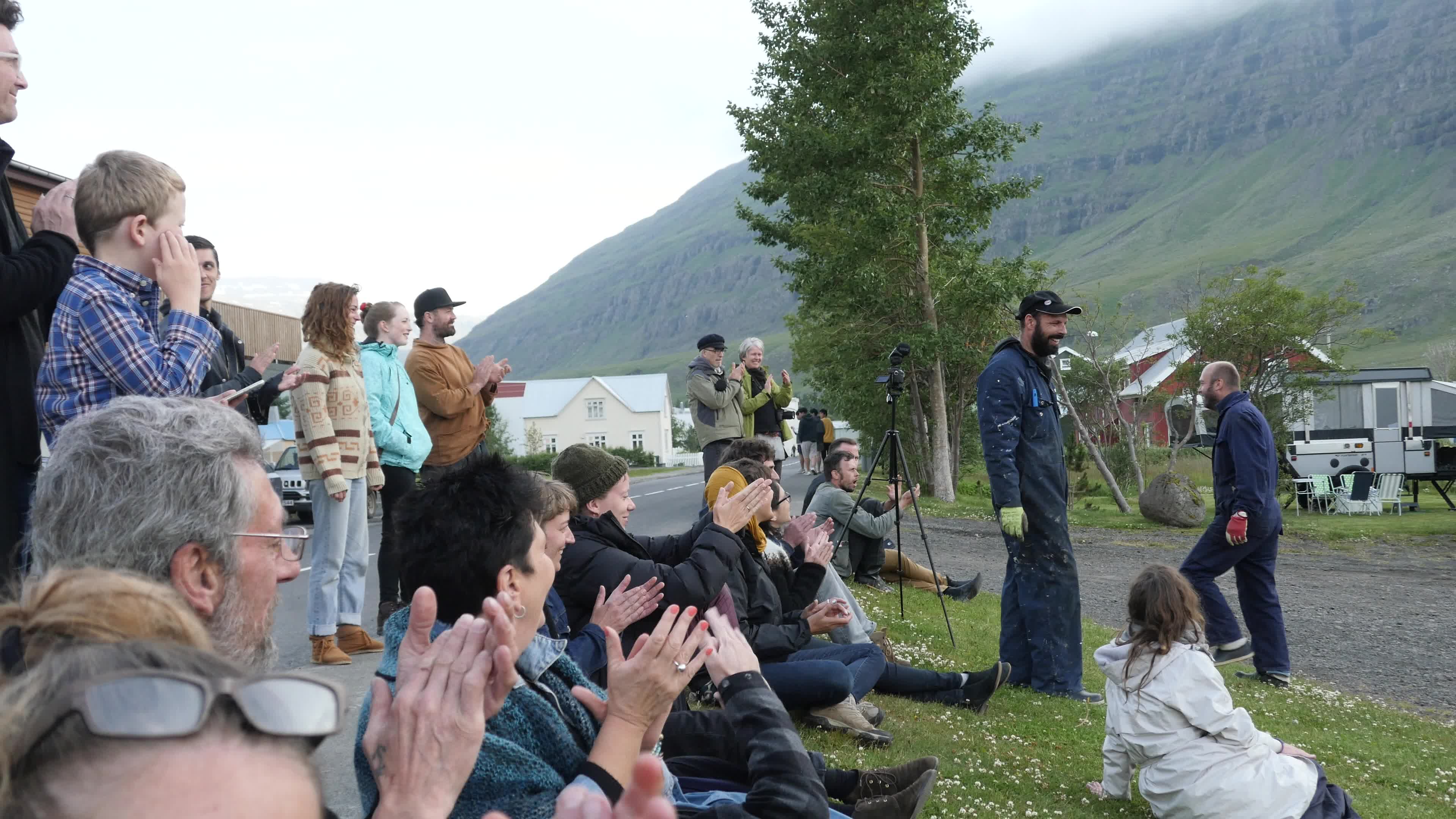
14—27.07.2012
Costa&Obermair, Schneiderei, Vienna, AT
Openings
part 1, UP AND DOWN, Friday, 13th of July 2012
part 2, SINGLE-UNIT HUNTER STYLE, Friday, 20th of July 2012
part 3, THE QUIET MIDDLE BODY, Thursday, 26th of July 2012
all starting at 20h,
at Zirkusgasse 38, 1020 Vienna
During their residency at Schneiderei, a non-commercial art association in Vienna, Portuguese artist Vasco Costa and German artist Wolfgang Obermair developed a collaborative project in three parts. This project was inspired by the cultural investigations of the American ethnomusicologist Alan Lomax, particularly his studies on Choreometrics—a program examining the relationship between human behavior and cultural expression. Choreometrics focused on the formalized, culturally conditioned communicative behavior found in dance, a study Lomax conducted alongside choreographers Irmgard Bartenieff and Forrestine Paulay in the early 1960s. Costa and Obermair integrated Lomax’s theories with their own artistic exploration of urban life and politics, drawing from their experiences wandering through the city of Vienna. The titles of the three parts of their project reflect Lomax’s concept of mapping everyday movements.
Pt 1, UP AND DOWN
In the first part of their collaboration Costa and Obermair created a vertical and horizontal structured environment in which the audience found itself in a court room assembled out of mattresses, ladders, and ancient political philosophers. Two big display boards with the sculptures of Herodot and Xenophon captured in their natural environment in front of the Austrian parliament, which were under renovation. Around the neck of Herodot the workers placed a rope to fix a shade in the hot summer sun. In the exhibition the ladders suggest an access to the principles that are meant to rule democracy ascent towards the foundational principles meant to govern democracy.



part 2, SINGLE-UNIT HUNTER STYLE
The subsequent phase of their collaboration presented a 40-minute basketball performance, inviting the audience to observe from an exterior vantage point akin to a cinematic experience. Accompanying this visual spectacle was the audio track of “Screening Room,” a 1975 television program featuring Alan Lomax’s discussions on choreometrics interspersed with excerpts from his film “Dance and Human History.” In this performance, the narrated movements of the dancers in Lomax’s film were replaced by the live actions of the basketball players on the court.
Beach Boys like bus drivers conveying a school picnic; they look happy and responsible, while the passengers are having a ball. Exaggeration of the head is the new thing, almost pecking. Thrusting, poker-faced, basically Arcticstyle is only slightly African. Trunk is one unit. Very simultaneous movement, jerky, linear, simple reversal. Low in variation. Low in luidity. Steady, fast tempo. (Alan Lomax)




Pt 3, THE QUIET MIDDLE BODY
THE QUIET MIDDLE BODY is an environmental situation dedicated to the artists interpretation of a spiral movement. It is an attempty to set up an ethnographic shamanic scenery full of inter-subjective moments. An installation of different things: rugs, clay, a rotating platform in the middle, full of stuff, touched by a cloth on a tripod. Candles are lighting the room. The audience were invited to put their head in a piece of cold clay and leave a cast of their forehead. The installation is a reference to Alan Lomax’s passionate side, which goes beyond standard scientific research.



Wolfgang Obermair Dresdner Strasse 46/10 1200 Vienna / Austria